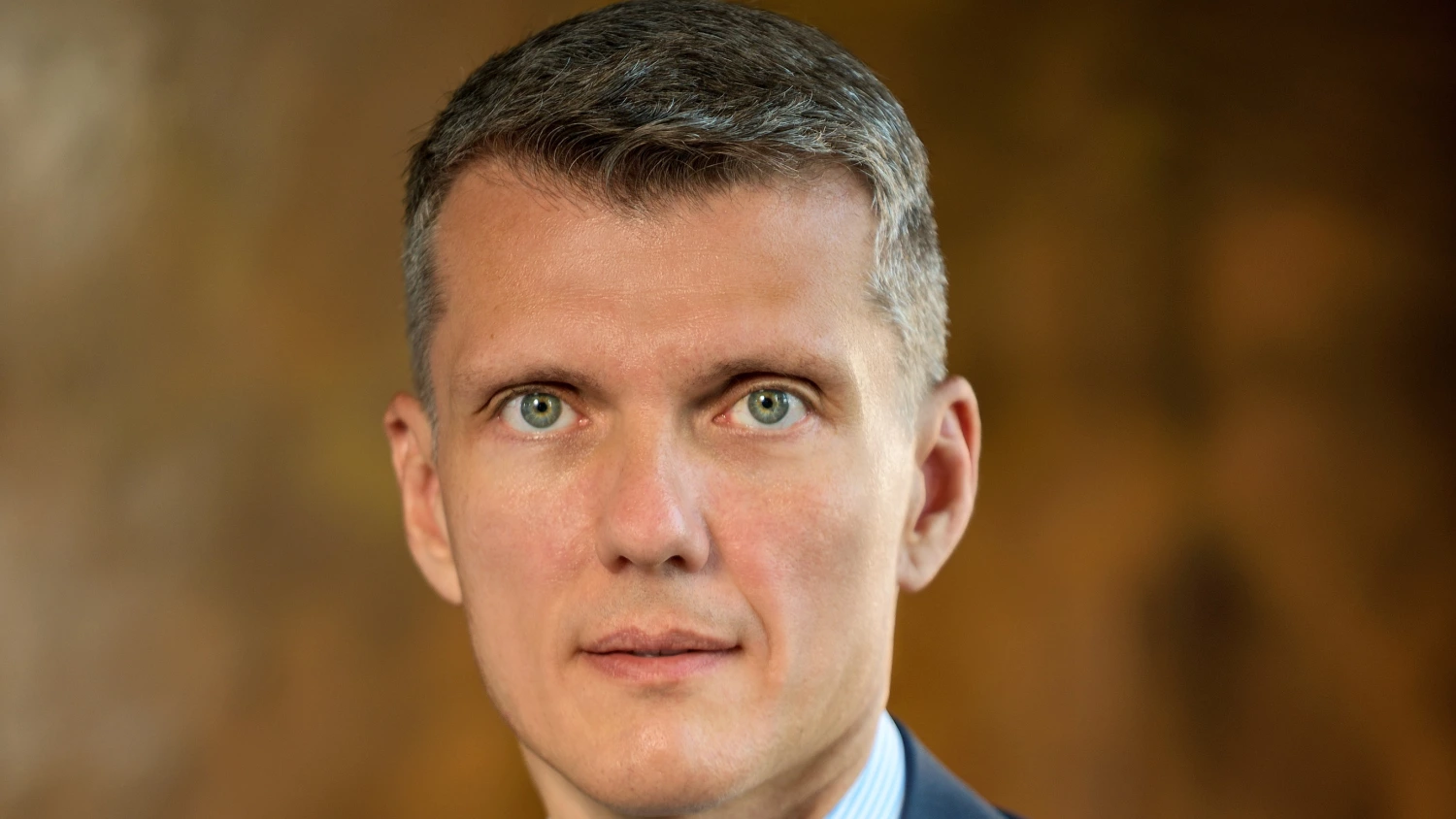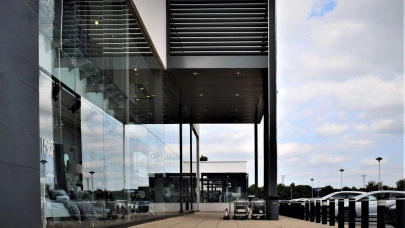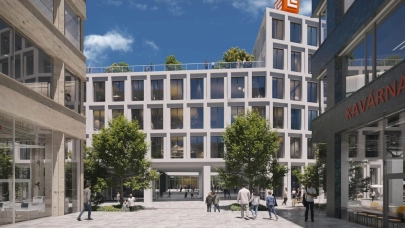
Sorin Preda, CEO and Founder of Global Vision, talked to Property Forum about the company’s ongoing developments in Romania, shared his market outlook for 2025 and provided insight into the company’s investments into sustainability and technology.
This interview was first published in Property Forum’s annual CEE TOP 100 publication.
What is Global Vision’s business outlook for 2025, and what were some of the highlights from 2024?
In 2024, we achieved a major milestone with the €110 million sale of over 136,000 sqm of prime industrial space. This transaction included four Class A warehouses and light industrial facilities that Global Vision has built over the last four years. This achievement highlights Global Vision’s success and supports our vision and strategy for 2025. Global Vision’s outlook for 2025 is strategically focused on accelerating growth through its new real estate investment platform, which is open to other investors and designed to finance both acquisitions and the development of innovative projects. The investment pipeline for 2025 has a value of over €300 million for commercial, residential, industrial and logistics but also for green energy projects.
By blending sustainable energy projects with traditional real estate, the investment platform drives growth within Romania while creating diverse investment opportunities across Central and Eastern Europe, providing investors with access to high-potential, resilient projects.

Sorin Preda
Founder & CEO
Global Vision
What sectors are likely to drive demand for investment projects in 2025?
Our growth strategy includes a strong retail development pipeline across 15 cities, aimed at expanding access in key urban areas and meeting rising consumer demand.
In the industrial sector, we’re prioritizing strategic locations like Târgu Mureș, Craiova, Constanța, and Bucharest, with plans to deliver approximately 45,000 sqm of new industrial space in 2025 to support regional business growth.
Additionally, we’re entering the residential market with two new projects planned for the northern part of the capital, addressing the strong demand for high-quality housing options in this expanding area.
How can Romania attract more industrial occupiers from CEE?
To attract more companies from Central and Eastern Europe, Romania should prioritize infrastructure improvements by modernizing roads, railways, and ports to streamline goods movement and establish itself as a reliable European distribution hub. Competitive tax incentives, subsidies, and simplified regulations would also make Romania a more appealing nearshoring destination within the CEE region.
Positioned strategically between Western Europe and emerging Eastern markets like Ukraine, Romania offers distinct logistical advantages. Enhanced connectivity to key transport routes can further encourage companies to establish distribution hubs, serving both eastward and westward markets. Investing in workforce development programs tailored to manufacturing, logistics, and technology sectors will ensure a skilled labour pool aligned with industrial demands, strengthening Romania’s long-term appeal for industrial investment.
By proactively improving infrastructure, incentives, and workforce capabilities, Romania can build a solid foundation for sustained industrial growth, positioning itself as a top choice for companies looking to establish regional distribution hubs. The industrial sector drove Romania’s transaction market in 2024.
What does this say about the segment’s influence in the local commercial real estate ecosystem?
The industrial sector’s prominence in Romania’s 2024 transaction market underscores its rapidly growing impact on the commercial real estate landscape. This expansion is largely driven by increasing demand for logistics and warehousing facilities, encouraged by the rise of e-commerce and the trend toward nearshoring as companies look to bring production and distribution closer to European consumers.
As a result, industrial assets—such as distribution centres, warehouses, and manufacturing facilities—have become integral to Romania’s economic strategy, surpassing the growth and significance of traditional office and retail sectors. Romania’s integration into the broader European supply chain has accelerated this demand, drawing interest from multinational corporations, logistics firms, and e-commerce leaders. Its advantageous geographic location, combined with improving infrastructure, enables efficient distribution to both Eastern and Western Europe, making it a compelling choice for industrial occupiers.
Additionally, Romania’s industrial parks are evolving to support advanced manufacturing, automation, and green logistics, aligning with broader European trends in sustainability and technology-driven operations.
Looking forward, the influence of the industrial sector is expected to further solidify, shaping not only real estate values but also economic policies aimed at enhancing Romania’s logistics network. This momentum suggests that industrial real estate will remain a primary driver of Romania’s commercial market, influencing investment strategies, land use planning, and workforce development for years to come.
What role will sustainability play in Global Vision’s future developments?
Sustainability is a core priority in Global Vision’s development strategy. Future projects will integrate green building practices, focusing on energy-efficient warehouses and logistics hubs that adhere to international environmental standards. By focusing on significant energy savings and reducing our overall carbon footprint, these initiatives are expected to enhance the long-term value of our assets while also meeting and exceeding the growing global expectations for sustainable and responsible building practices.
Through these efforts, Global Vision is not only cultivating an environmentally conscious brand image but also contributing positively to the communities and ecosystems where we operate, positioning us as leaders in sustainability within the industry.
How does Global Vision plan to deploy its new technology and innovation division across its property portfolio?
Our Technology and Innovation Division is already playing an instrumental role across the property portfolio, aligning with our broader goal of creating long-term value through the Global Vision Investment Platform.
Focused on deploying custom AI models trained specifically for real estate and energy applications, the division provides real-time insights into ESG metrics such as energy consumption, carbon footprint, and regulatory compliance.
Key initiatives include implementing smart building technologies to improve energy efficiency and security, optimizing logistics for streamlined warehousing, and adopting sustainable energy solutions such as solar installations. Additionally, digital tenant services are enhanced through a centralized platform for seamless lease management, maintenance, and service coordination, improving transparency and the tenant experience. This tech-driven approach not only boosts operational efficiency but also strengthens our commitment to ESG goals, advancing sustainability and innovation throughout our portfolio.



